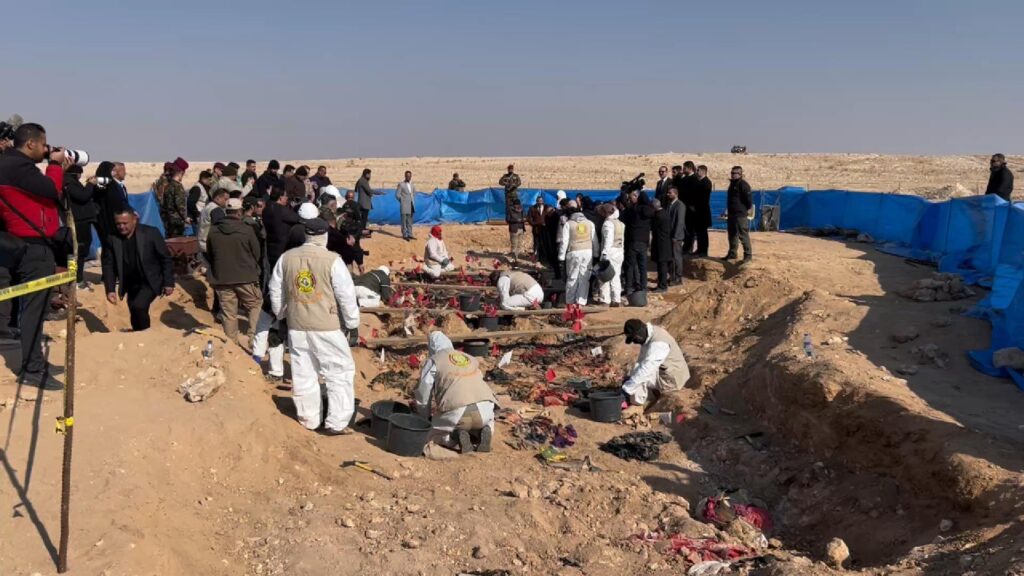Return Index Thematic Series briefing #3: Re-displaced: An exploration of displacement after attempted return in Iraq (February 2020)
The Return Index Thematic Series provides singular analysis and insights on specific indicators, their distribution across conflict-affected areas of Iraq and how they fit within the context in which they are collected.
RE-DISPLACEMENT THEMATIC REPORT
Nearly two years after the official end of the conflict with the Islamic State of Iraq and the Levant (ISIL), more than 4.5 million internally displaced persons (IDPs) have returned to their places of origin across eight governorates in Iraq. The Return Index measures the severity of physical and social conditions in the locations to which they are returning. This third Thematic Series report focuses on the dynamics and drivers of re-displacement, a type of secondary displacement referring specifically to “IDPs who return to their areas of origin but are unable to achieve sustainable solutions and are consequently displaced again to their first place of displacement or to a new location of displacement.” Despite some gradual improvements of conditions in return areas in Iraq, if local conditions in origin remain severe for a long period of time or undergo a sudden deterioration, returns may not be sustainable. It is in these contexts that returnee families may face pressures to leave again – in other words, they may re-displace. This report explores which push factors play a role, and to what degree, in making a location more likely to have families re-displacing, through correlating the data on locations with secondary displacement with Return Index indicators on the locations’ physical and social conditions. More specifically, the report presents:
- the context around the decision to displace again after having returned by analysing other global dynamics and trends;
- the number of IDPs in Iraq who have re-displaced after return at governorate and district levels; and
- the overview of drivers of re-displacement in Iraq using the Return Index indicators collected in Round 7 (November - December 2019).
KEY FINDINGS
The process of re-displacement frequently includes, first, the decision to attempt return home where conditions are not favourable and unlikely to be sustainable, and second, the decision to leave again given the inability to achieve durable solutions upon return. The analysis of other global case studies helps to explain this type of displacement. Misinformation about the place of origin, involuntary returns, poor and severe conditions upon return, and renewed violence are usually cited as important contextual factors influencing these processes. Similar to other global cases reviewed, many returning families lacked accurate information about the conditions of their home residences or about security gaps and were ultimately displaced again.
Between March 2018 and December 2019, IOM DTM identified 292 locations where families had re-displaced after having returned. These locations are mainly found in six governorates: Ninewa had the largest number of locations (166), followed by Anbar (69), Kirkuk (21), Salah al-Din (18), Baghdad (16) and Erbil (2). From these 292 locations, an estimated total of 6,174 families (or 37,044 individuals) have re-displaced. Almost 60 per cent of them re-displaced to out-of-camp locations, while the remaining 40 per cent sought shelter in camps.
The most impactful indicator explaining why locations experience re-displacement is the prevalence of residential destruction. This indicator is followed by three others which had a lesser but significant impact: presence of families who returned involuntary to their places of origin, insufficiency of security actors, and public tension in in community life. Finally, the impact of essential services and livelihoods in causing secondary displacement is found to be low, likely linked to the fact that these indicators are often deemed less important than the absence of social stability and security.



